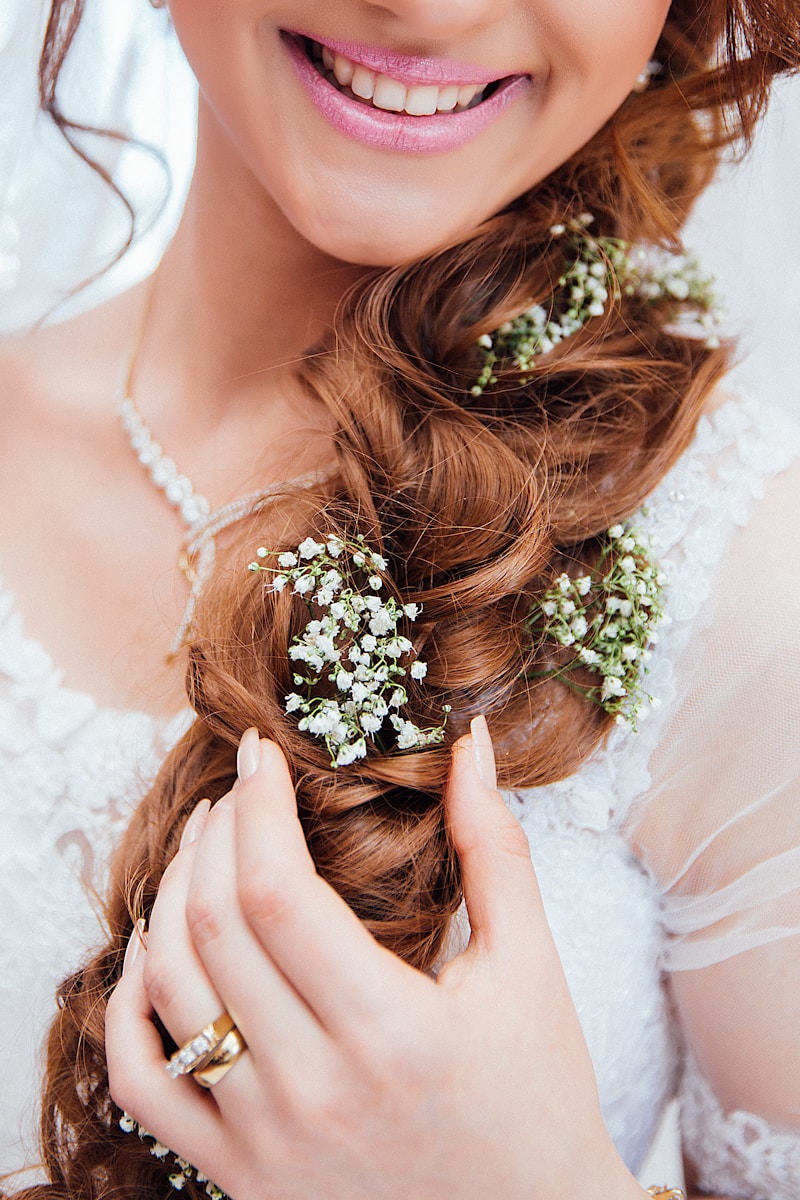Investment vs. Expense in Bridal Gowns: Understanding the True Value of Your Wedding Dress
Introduction
When it comes to planning a wedding, one of the most significant decisions involves selecting the perfect bridal gown. The terms "investment" and "expense" are often thrown around in discussions about wedding budgets, particularly regarding bridal gowns. But what do these terms truly mean, and how can they affect your purchasing decision? In this article, we'll explore the differences between an investment and an expense in the context of bridal gowns, helping you make a more informed choice for your big day.
The Definition: Investment vs. Expense
Before diving into the world of bridal gowns, it’s essential to define what we mean by investment and expense. An investment is typically viewed as a purchase that is expected to generate long-term value or benefits. Conversely, an expense is a cost incurred that doesn’t necessarily yield any return. In the context of bridal gowns, many brides grapple with whether their purchases will be an investment in their future happiness or merely an expense that vanishes after the wedding day.
Why Does It Matter?
Understanding the distinction between investment and expense can help brides make choices that align with their values, budget, and future plans. A bridal gown could symbolize status, tradition, or even be a cherished heirloom passed down through generations. Therefore, recognizing the potential value of a bridal gown beyond its initial cost can shape your buying experience.
Factors to Consider When Choosing a Bridal Gown
When evaluating whether a bridal gown is an investment or an expense, consider the following factors:
- Quality: High-quality gowns often last longer and can be resold or preserved.
- Emotional Significance: A wedding dress often holds sentimental value.
- Brand Reputation: Renowned designers may increase the dress's resale value.
- Future Use: Will you keep it for future generations or turn it into something new?
Cost Analysis: Bridal Gowns vs. Other Wedding Expenses
Weddings come with a variety of expenses, including venue, catering, flowers, and more. However, bridal gowns can be particularly distinctive when it comes to costing. Here’s a quick breakdown of typical wedding expenses:
| Wedding Item | Average Cost |
| Bridal Gown | $1,500 - $5,000 |
| Catering | $4,000 - $8,000 |
| Venue Rental | $3,000 - $10,000 |
| Photography | $2,000 - $5,000 |
| Flowers | $1,500 - $3,000 |
By examining these costs, brides can see how investing in a higher-quality gown may be more beneficial over time, especially considering potential resale value and future brand reputation.
Understanding Resale Value
Investing in a designer gown can lead to long-term benefits. Designer Wedding dresses, particularly those from renowned names like Vera Wang or Pronovias, may retain their value better than off-the-rack alternatives. Many brides are turning to online resale platforms to sell their gowns after the wedding, recouping some of their original investment.
What Affects Resale Value?
Many factors can affect the resale value of a bridal gown, including:
- Designer Name
- Condition (new, worn, or altered)
- Timelessness of Style
- Original Price
- Current Market Demand
Creating a Wedding Dress Legacy
Brides today are increasingly considering how to create a legacy with their wedding dress. Instead of treating it as a simple expense, many are viewing it as a lasting legacy. Here are a few ideas:
- Preservation: Have your gown professionally cleaned and preserved to keep it in pristine condition.
- Alteration: Consider altering your gown into a cocktail dress or a keepsake for someone special.
- Sharing: Pass it along to family members or friends who may want to wear it on their special day.

Conclusion: Investment or Expense?
In summary, the distinction between investment and expense is crucial when it comes to bridal gowns. While the initial perception may lean towards it being a hefty expense, understanding quality, future use, and emotional significance reveals a deeper value. As you plan your wedding, consider the long-term implications of your bridal gown decision. An investment in a quality dress may bring more joy than simply an expense that fades into memory.
Ultimately, define what matters most to you. Whether you’re looking to pass down a treasured gown to future generations or simply want something that feels special on your big day, weighing your options carefully will lead you to the right decision. Remember, a bridal gown isn't just a one-time wear; it's a symbol of love, commitment, and cherished memories.
As you navigate this decision, remember to stay within your budget and prioritize your happiness. Good luck on your journey to finding the perfect bridal gown!